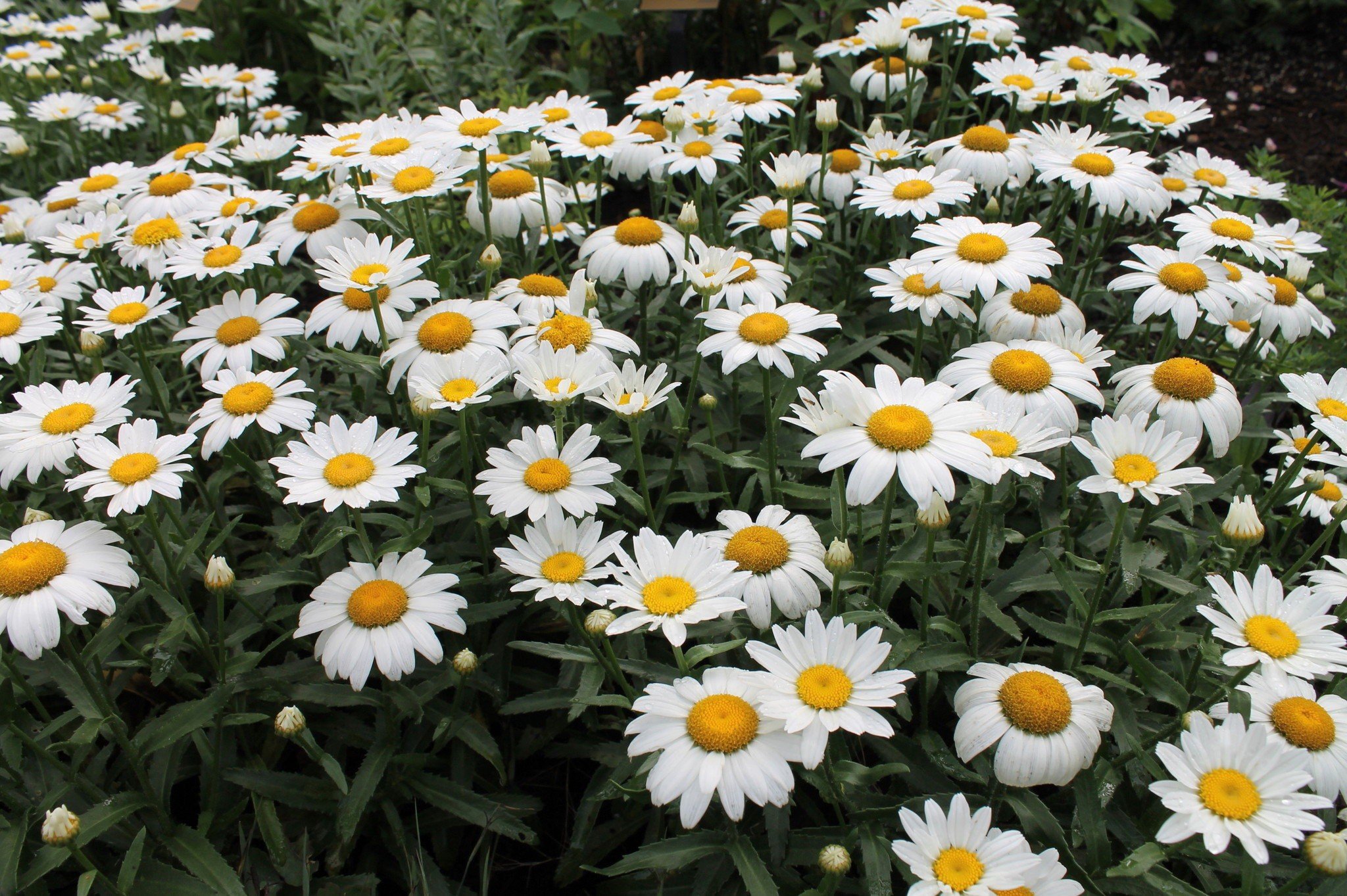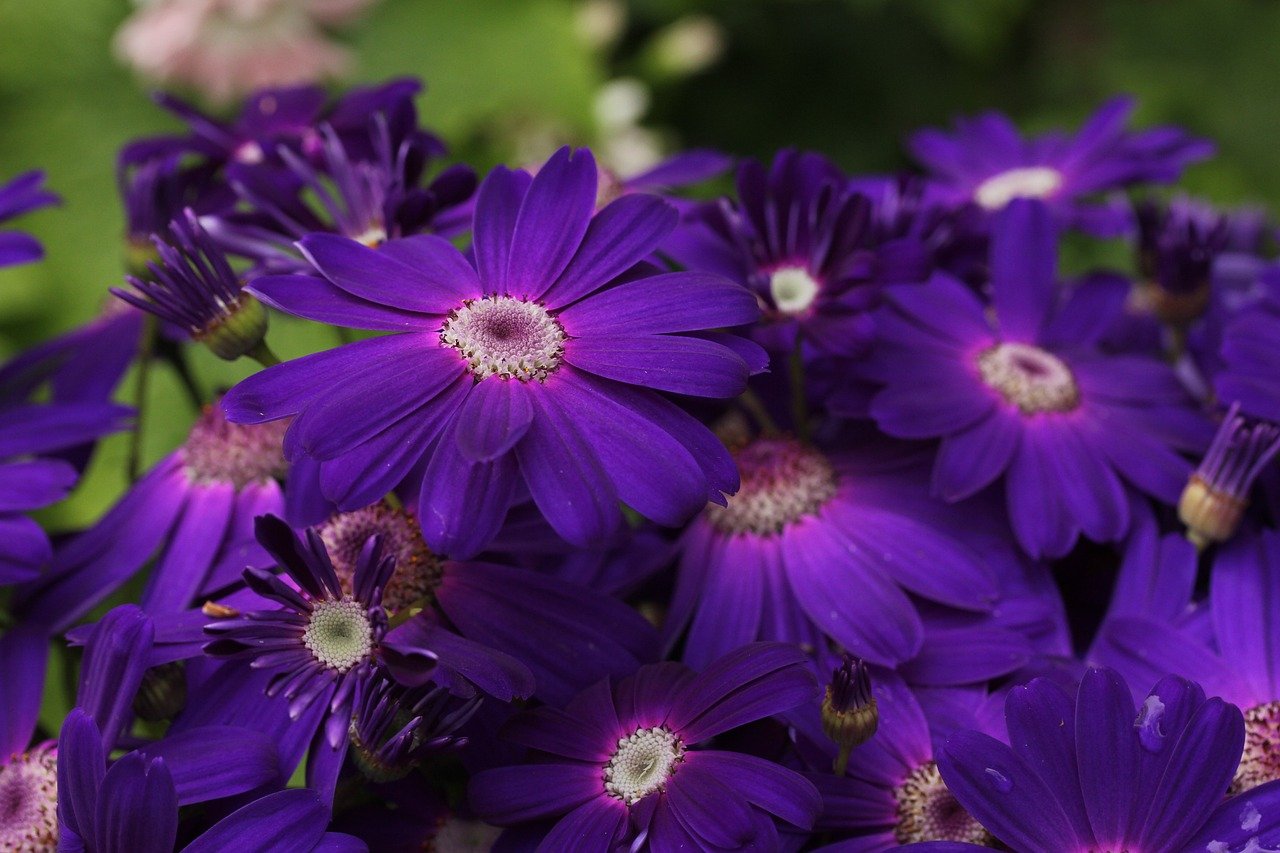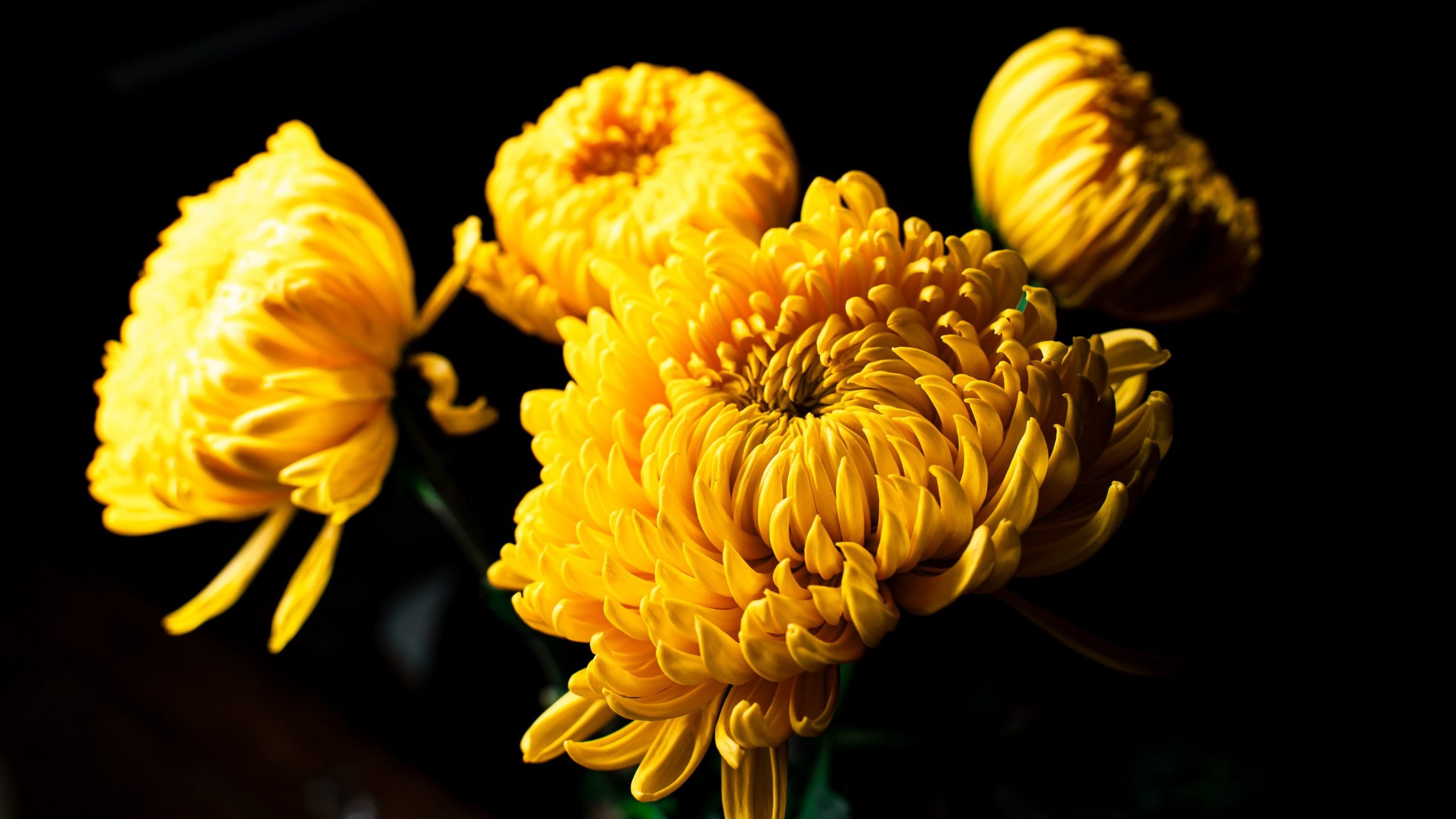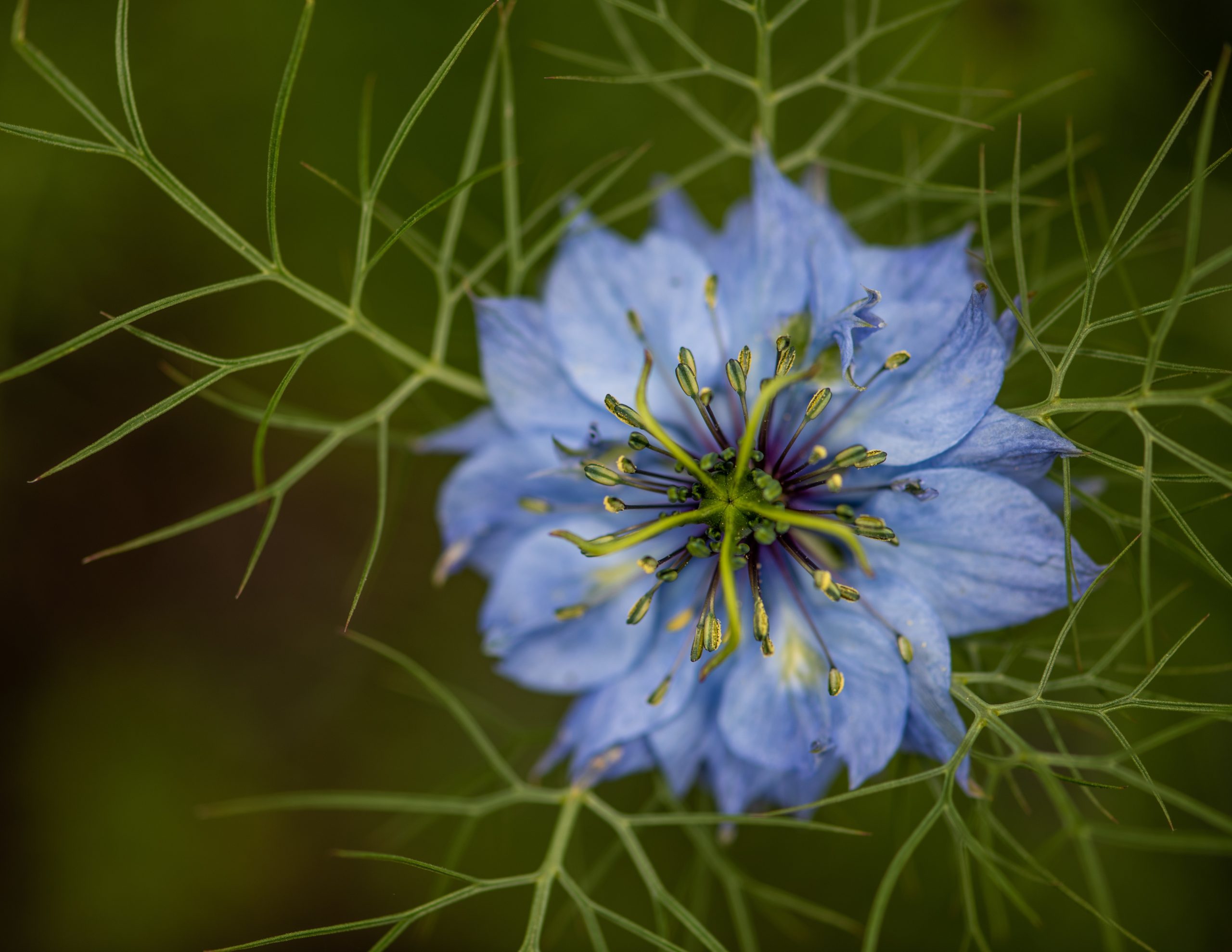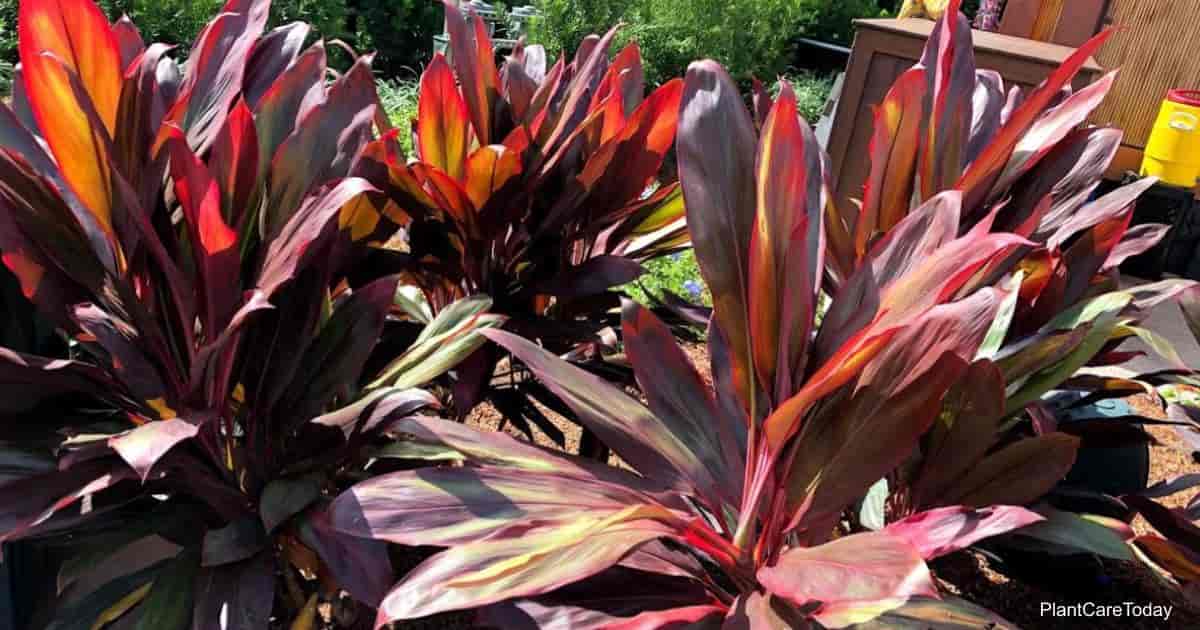What Months Do Alstroemeria Bloom?
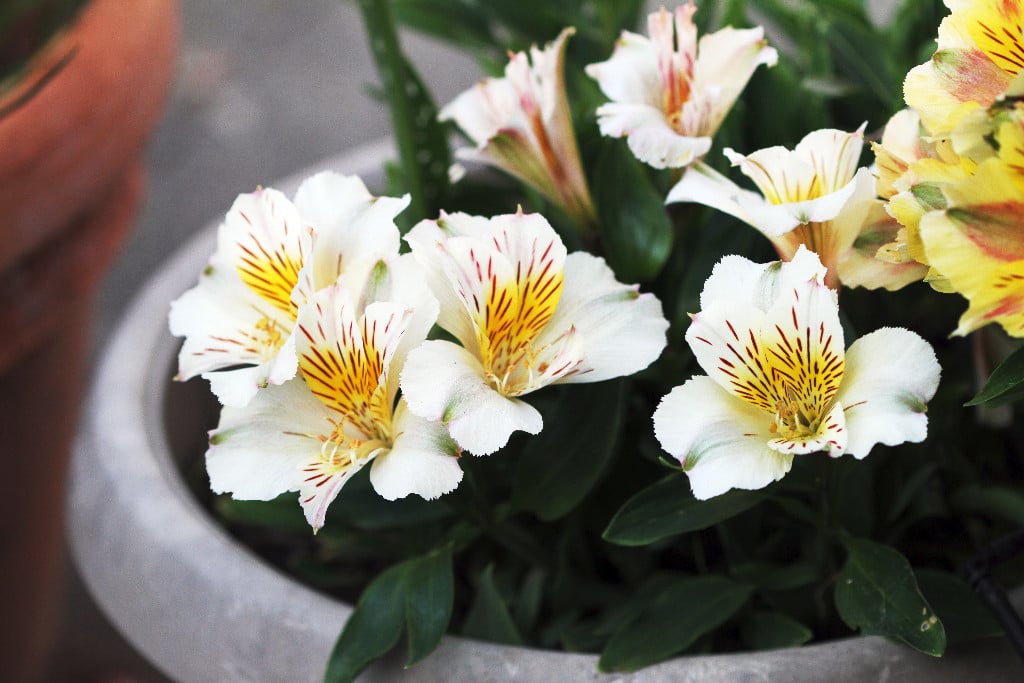
Table of Contents
Have you planted Alstroemeria plants in your yard and want to know when they will bloom and add color to your garden? Alstroemeria is a perennial plant that produces bright orange, red, white, pink, and purple flowers.
They can be a beautiful addition to your garden and look striking when planted in your landscape beds in different batches. But the trickiest part of planting them is understanding their bloom times. The exact timing of their blooms will vary slightly by micro-climate and zone.
But under ideal growing conditions, this hardy perennial typically blooms during summers. Once they bear flowers, they will keep on producing new blossoms throughout the year. So, Alstroemeria plants can be the best choice for people who want their garden to look glorious and vibrant year-round.
Let’s try to understand more about their blooming months and the alstroemeria problems you might have to face.
Bloom Time of Alstroemeria Plants
We have enlisted the months when Alstroemeria blooms and enhances the beauty of your garden.
Summer
Do you know that Alstroemeria can fill your garden with color and vibrancy year-round? Once you sow them, they take two to three years to reach their desired length or bloom. Though the blooming period will differ depending on the area where you live and the kind of weather you encounter, Alstroemeria plants typically bloom during summer.
They will start producing eye-catching flowers in June or July. Once they start flowering, they will keep on producing new blooms throughout the season. You can deadhead the plants and trim away the flowers to extend the growing season and encourage more blooms. As you pick Alstroemeria blooms in summer, new flowers will take their place, enhancing the lush beauty of your garden.
If summer has passed and your Alstroemeria plants have not bloomed, you don’t need to worry, as sometimes they don’t bloom during the first growing season. Take proper care of these plants, and you will see them blooming by the next summer season. Older Alstroemeria plants may not produce flowers.
This can also happen if many Alstroemeria bulbs are crowded together. It is, therefore, important to ensure there is optimum space between two bulbs when planting them so that they can grow well.
Growing Conditions
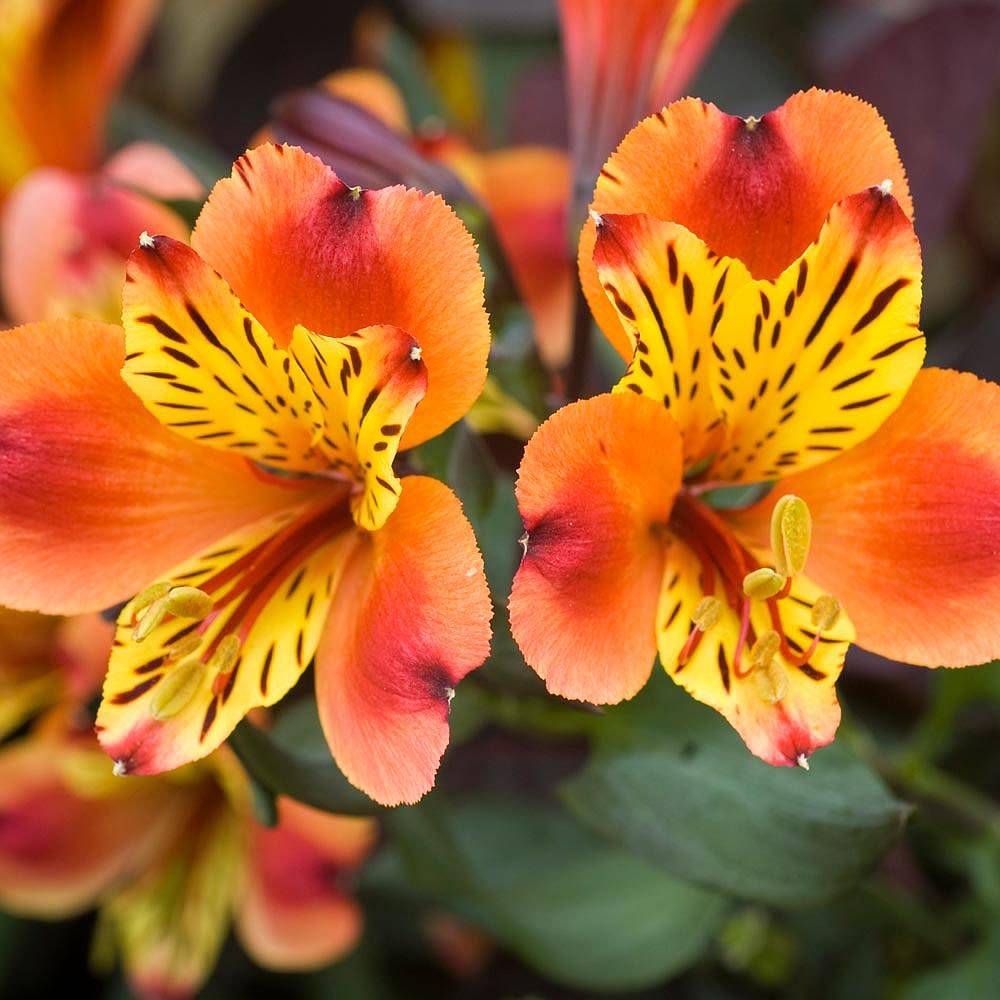
Spring and autumn are the best times for planting Alstroemeria. While planting them, you should ensure that the ideal temperature ranges between 65-80°F. If the temperature is more than 65-80°F, Alstroemeria plants won’t be able to thrive, and they may even die. Alstroemeria plants produce lots of flowers when they get full sunlight exposure.
These plants can also tolerate partial shade. Well-drained, fertile, and loose soil are the best for these plants. Alstroemeria grows well in all types of soils except for heavy clay. You can mix the soil with compost, peat moss, decomposed manure, or ground bark to ensure that it drains well.
Add a nitrogen-rich fertilizer before planting them so that they get all the vital nutrients required for their growth. You can also place protective mulch around the plant to protect it from extreme temperatures. The mulch should be at least 2 inches from the alstroemeria stem to ensure that it doesn’t rot.
You should also water these plants at least once or twice a week and ensure that the soil never becomes waterlogged or excessively dry. Since the roots of Alstroemeria soak enough water, you don’t need to water them on a daily basis, unlike the other perennial plants.
Care Tips to Ensure Maximum Alstroemeria Bloom
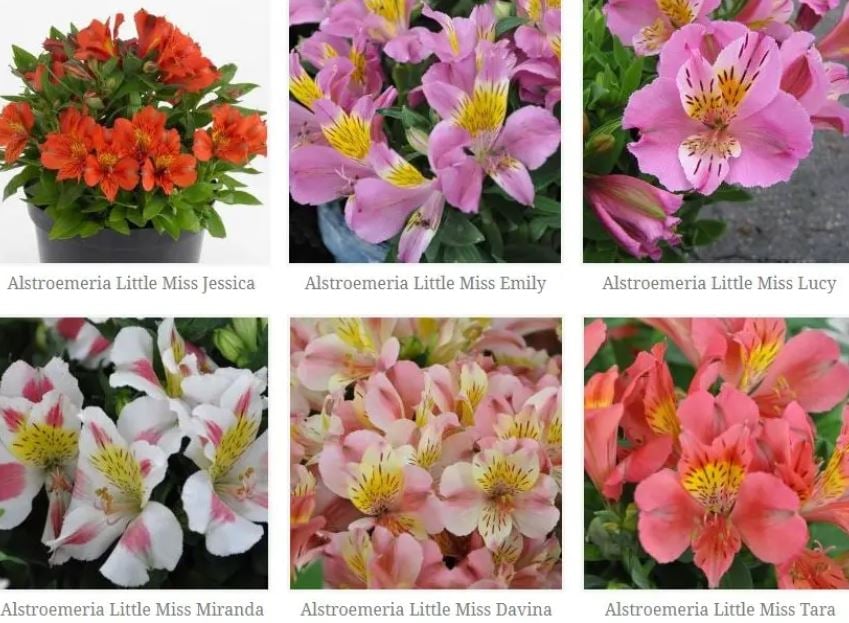
- Never cut the Alstroemeria flowers, as the underground meristems will get severely affected by the damage and die. Whether you’re removing spent blooms or bringing them to decorate your vase, you should always pick out each stem. This way, you won’t harm the entire plant and encourage them to grow.
- Look out for diseases and pests like whiteflies, aphids, and spider mites on your alstroemerias. If you detect pests on the alstroemerias plant, use a strong stream of water to remove them and then apply an insecticidal soap.
- If you want to get new Alstroemeria plants from the old ones, cut the plant in a way that it is within 6 inches of the ground. Dig all the way around the plant after two weeks. Dig up the rhizomes of the plants and roots branching off from them. Use a sharp knife to divide the rhizomes and then replant the rhizomes six inches deep and twelve inches apart. Within ten weeks of planting, the newly planted rhizomes will flourish.
- Freezing temperature can restrict the growth of Alstroemeria plants. Avoid planting them in shady areas, and if you have potted plants, move them into shelter once colder months arrive.
Conclusion
Whether you’ve recently planted Alstroemeria bulbs or are waiting for the old ones to flower, you may be wondering how long they will take to bloom in your garden.
Typically, Alstroemeria plants take two to three years to bloom, depending on the growing conditions and weather. You’ll see the first bloom on these plants during the summer, and thereafter, they will grow throughout the season. So you can plant them if you want to transform your garden into a colorful paradise where you’ll love relaxing and spending some serene time with nature.
You can check out the tips and tricks mentioned above if you want the Alstroemeria plants to bloom fast.
Frequently Asked Questions
Are Alstroemeria Plants Toxic?
Alstroemeria plants contain tulipalin which is a toxic substance and can harm animals. This substance is present in the sap of the flower and can cause a reaction if swallowed and irritation if touched. When handling these plants wear gloves to prevent any kind of reaction or irritation.
How Long Does the Alstroemeria Plant Last?
When planted properly, the Alstroemeria plant can last for years. Since they are perennials, they will grow and bloom for years. The flower cuttings can also last around two to three weeks when placed in a vase. Place the vase in a cool place away from direct sunlight if you want the flower cuttings to last longer.

